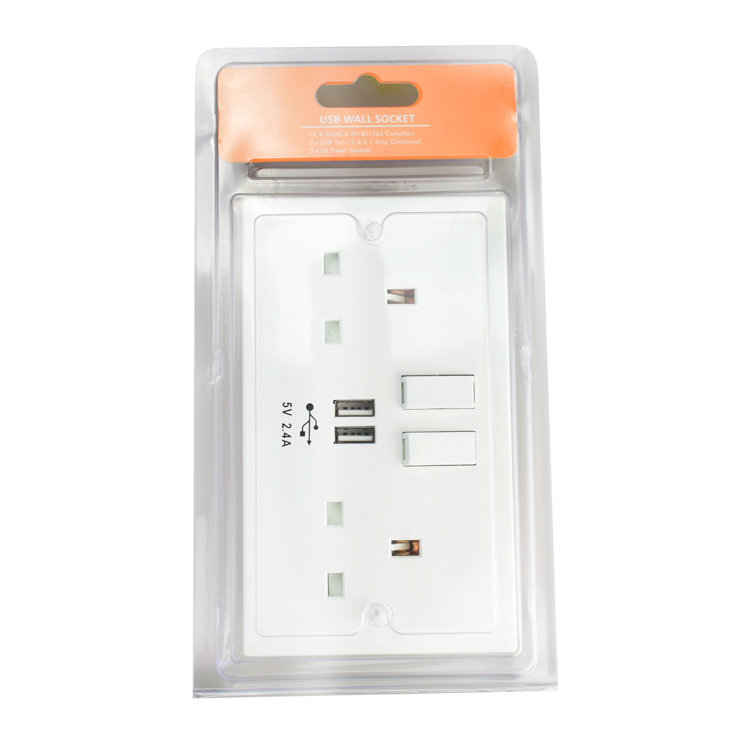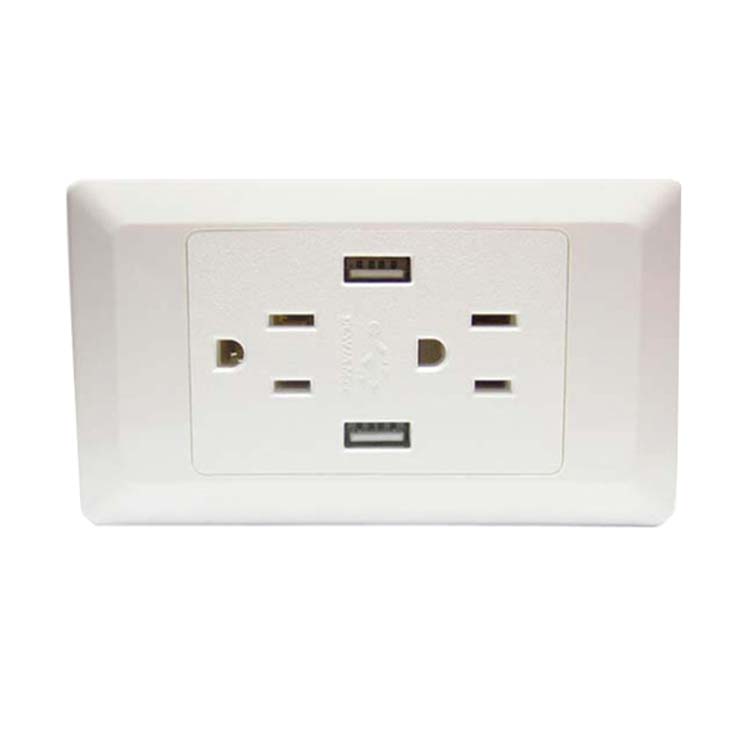Global network data center traffic has maintained rapid growth for ten years, and there is no sign of weakening in the foreseeable future. Smartphones and other mobile devices, social media and applications, streaming video, augmented reality and virtual reality are gaining popularity and growing rapidly – ​​are attracting more and more new users, and the number of devices held by each user continues to grow The amount of data used by each device is also rising, so that the data center traffic has increased significantly. Analysts predict that by 2020, the number of devices connected to the Internet worldwide will reach 200 billion. (Source: IDC, Intel, United Nations). Recent evidence suggests that the gradual maturity of the consumer electronics market may only be the tip of the iceberg. The growth rate of data bandwidth in the deployment between cloud computing and machines is surpassing the consumer's data communication rate, driving the huge demand for large-capacity data center infrastructure.

The growth trend of data centers and optical interconnects
Over the past decade, top Internet site companies such as AWS, Microsoft, Google, and Facebook have been busy deploying increasingly large data centers to meet customer needs. For some of these companies, in each building The number of computer servers used in the project has now exceeded 100,000. In areas where there is sufficient supply of real estate and electricity and lower costs, providers of such large-scale data centers combine the processing power of data centers that are proliferating nearby to take full advantage of economies of scale. According to Cisco's forecast, by 2020, nearly half of the installed servers in all data centers will be located in hyperscale data centers. These servers will account for 68% of the processing power and more than half (53%) of the total data center traffic.

As the cloud needs to support more and more mission-critical business applications and highly time-consuming consumer applications, globally, data center deployments are becoming closer to population centers. Data centers built by network companies are increasingly using multiple buildings, which are closely adjacent to each other and are connected to each other through great bandwidth. In densely populated areas, establishing data centers across separate power grids can further reduce latency and improve the consumer experience. For larger data centers that rely on a single grid, this strategy can also reduce risks and overcome limitations.
Within each super-large-scale data center building, there may be tens of thousands or even hundreds of thousands of computer servers, which are connected to each other through Ethernet switches of different levels to form a collective computing power, dedicated to Internet companies' own services (for example, Google or Facebook), or leased to corporate customers (for example, Amazon's AWS or Microsoft's Azur). Although there are many options for interconnecting calculator servers, in 2018, the typical ultra-large data center network connection is characterized by the use of DAC (direct connection copper Cable), at 25 or 2x25 Gbps speed, in the number of Connect the server to the top-of-rack (ToR) server within a distance of meters, and then use a large number of 100 Gbps optical links to interconnect the ToR switches through a large-scale switching structure (often referred to as a leaf ridge architecture). According to the specific number of such data centers, the typical optical interconnect coverage can be up to 500 meters (DR), but the distance required for large data centers is up to 2 kilometers (FR).
The current generation of 100G optical transmission modules are based on 4-channel optical transmitters and optical receivers, and operate in parallel at 25 Gbps, respectively, to achieve an aggregate bandwidth of 100 Gbps. There are currently two types of 100G optical transmission systems: For users who want to deploy more optical fibers and reduce the cost of each optical transmission system, the PSM-4 (parallel single-mode-4) type optical transmission system is suitable. For users who wish to deploy fewer optical fibers, the CWDM4 (extensive WDM-4) type optical transmission system is more suitable. Both types of 100G optical transmission systems have been deployed in large quantities today.
The transition from 100G / 400G to 100G PAM-4 technology is coming
The characteristics of current hyperscale data centers are the faster interconnection speed transitions, which often occur every three years. The highly innovative 100G interconnection system is becoming mainstream and has been widely deployed in the past two years, and the next speed transition is approaching. Although the speed of 200 Gbps is currently being considered, the industry consensus is that 400 Gbps will become the next natural choice.

The current packaging process based on 4x25G 100G technology is too complicated and cannot be extended to 400G. In order to reduce the cost of 100G and support 400G optical components in an economical manner, the industry is turning to a new technology that uses PAM-4 (4-level pulse amplitude modulation) encoded optical components under 50 GBaud, thus Achieve 100G speed per channel, and then achieve 400G speed through 4x100G aggregation. The purpose of developing 100G Lambda MSA (multi-source agreement) is to define this new industry standard, and it has gained promotion support from 23 companies (GLambdaMSA.com), which represents a broad industry ecosystem, which includes Enterprises that produce semiconductor integrated circuits, optical transmission modules, network systems, and network companies as end users.
The huge advantages of using single-channel 100G optical components include significantly reducing the number of optical components and thereby reducing costs, which builds a solid foundation for economical 400G speeds, and when electrical interfaces are migrated to 100G serial interfaces in the future No need to reverse operations. It is estimated that PAM-4 100G can reduce the number of components by 60%, while the power requirements can be reduced by 33%.
100G LambdaMSA also recently published a preliminary draft of the specification, which defines 100G FR (2 kilometers), 100GLR (10 kilometers) and 400G FR4 (2 kilometers), and potentially defines 400G LR4 (10 kilometers). With the advancement of digital signal processing and high-speed optoelectronic equipment technologies such as high-speed silicon photonics, we expect that the industry will soon adopt and implement such technologies. On-site deployment may begin as early as 2019.
Data center (DCI) solutions
Around the world, ultra-large data centers are deployed close to population centers and interconnected by ultra-high bandwidth. Although many ultra-high-speed fiber links are deployed between continents and oceans, most of the links are connected between data center buildings in the data center campus or between data centers in the same metropolitan area . These data center buildings are connected to each other through extremely high bandwidth, and the speed per second can reach the level of tens of terabytes.

For data centers interconnected within a few kilometers, operators can choose to deploy a simple 100G CWDM4 (2 kilometers) or 100G LR4 (10 kilometers) type optical transmission system, and then migrate to hundreds of pairs of optical fibers. 100G FR / LR (using PAM-4 technology). If the number of optical fibers is insufficient and the cost of adding more optical fibers is too high, operators may choose to deploy DWDM (Dense Wavelength Division Multiplexing) optical transmission solutions to achieve an aggregate bandwidth of 40x100G per pair of optical fibers. For short-distance interconnection in this kind of campus, compared with coherent transmission technology with higher complexity, the single-channel 100G PAM-4 with direct detection is much more economical and is a more attractive solution , Amplitude and phase modulation / decoding functions with polarization multiplexing / demultiplexing functions, and coherent detection functions with precision-controlled optical local oscillators are required.
For interconnected data centers within a distance of 80 kilometers, 100GPAM-4 DWDM using advanced digital signal processing technology still has an advantage in cost. Since compensation can be shared on all DWDM channels, the requirement for tunable dispersion compensation is increasing The advantage is still obvious. Coherent detection will be used to cover transmission distances exceeding 80 kilometers. After the data center transition to 400G, the DCI solution will be expanded accordingly, while 4x100G PAM-4 can still be used for DCI applications with relatively short transmission distances, and the related 400G will expand the coverage of other data center connections.
Optical transmission system shape factor
For 100G data center applications, the industry overwhelmingly uses QSFP28 (one-quarter small form factor pluggable) transceiver module. As the industry is preparing for the transition from 100G to 400G, a variety of emerging MSA form factors are participating in the competition, hoping to gain a place. One of the leading options is QSFP-DD (Quarterly Small Form Factor Pluggable Dual Density). This option is derived from QSFP28. The electrical connection performance of the data is 2 times higher, while the mechanical length is slightly longer. Compatibility with QSFP28. The QSFP-DD transceiver module and cable cage have improved thermal design and support power dissipation of more than 12 watts.
Another competitor is the OSFP (Octal Small Form Factor Pluggable) optical transmission system. Compared with the QSFP-DD interface, this optical transmission system is slightly larger and longer. The main advantage of the OSFP module is the large form factor, which can achieve higher power dissipation, up to 16 watts. The disadvantage is the lack of downward compatibility with QSFP28, and the slightly larger size reduces the density of information points on the panel.
The third type of MSA is called COBO (Onboard Optical Element Alliance), which defines an electrical interface that is configured directly on the system printed circuit board without leaving the system panel information point. The advantage of this configuration is that the transceiver module can be flexibly placed to make it closer to the higher speed switch integrated circuit interface, which is convenient for handling signal integrity issues. Because the COBO transceiver module is installed on the surface of the two-dimensional printed circuit board, it can also provide more space for the implementation of the heat sink, thereby potentially providing support for improving the power dissipation rating.
For major network companies that invest heavily at a rapid pace to keep up with the trend of technology development and service innovation, hyperscale data centers are rapidly becoming a critical infrastructure. In ultra-large data centers around the world, the development of faster electrical and optical signal technologies will continue to accelerate large-scale data aggregation. The latest developments in 100G and 400G optical technologies can lead to a broad and efficient ultra-large-scale data center connectivity solution, providing strong support for increasingly rich data-intensive applications.
Yidashun supplies wall Socket and Extension Socket for different countries.
Power outlet is US, EU, UK, AUS, CN, Japan, and Korea optional. Standard groundin
power socket is with switch control and led indicator, and the switch contact ismade of high quality silver alloy material, which has a good performance against
electric arc and melt weld. The on-off operations exceed 40000 times.
Besides, the socket is made of phosphor bronze, which has the character of good electrical conductivity and lasting elasticity. The USB ports on the electrical outlet are 5V2.1A output which are compatible with APPLE ipad (all models), iphone, Android phones and tablet, cell phones, gaming systems, digital cameras, GPS devices and all USB devices.



Wall Socket,Wall Power Socket,Smart Wall Socket,Wall Plug Socket
Shenzhen Yidashun Technology Co., Ltd. , https://www.ydsadapter.com